
How two Nature Journaling students learned to see the world—and themselves—in a different perspective
If you want to see nature—really see nature—in all its color, texture, and nuance, grab a sketch pad and a pencil.
The Garden’s Nature Journaling: Botany Through Art offers adults ages 55 and older an entry-level art course that teaches them how to study and sketch the natural world.
“The main focus throughout the whole class is teaching people how to stop, look, listen, smell, feel, and then write about it, and draw about it,” says Donnamarie Richmond, a Garden educator and artist who leads the class.
In 2020, amid the COVID-19 pandemic, the class switched from a live format to a virtual one, and Garden educators decided to keep it that way because they could reach more people. Then, a little over a year ago, the Garden introduced a Spanish version (Richmond is bilingual), recognizing the scarcity of native-language adult programming for the Hispanic population. News of it spread from Spanish-speaking communities in Southwest Florida to places outside of the United States, drawing attendees from as far away as Colombia, Panama, and Peru.
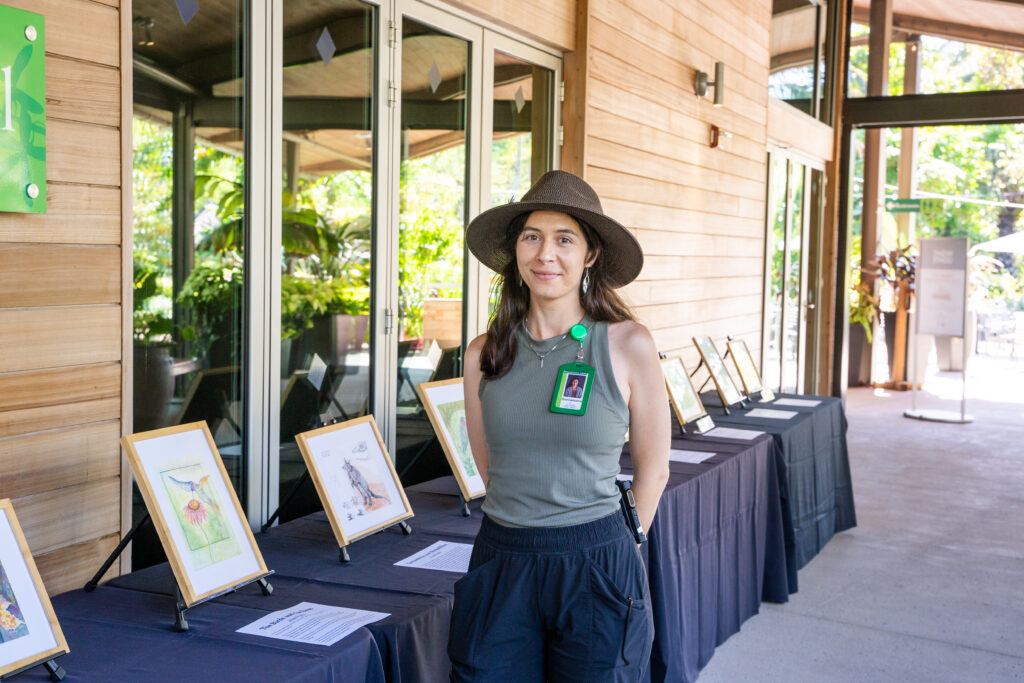
Richmond monitors the course’s impact, asking participants to rate their closeness to nature using a numeric scale at the eight-week course’s beginning and the end. Invariably, it shifts. Even people who consider themselves outdoorsy tell Richmond their connection to nature grew stronger.
“Every single class, I see two or three people at least who experienced a life-altering shift,” Richmond says. “It’s like they open their eyes for the first time. And it’s an incredible feeling to be part of that.”
Meet two Nature Journaling participants and hear what they have to say about their journeys.
Barbara Kacos
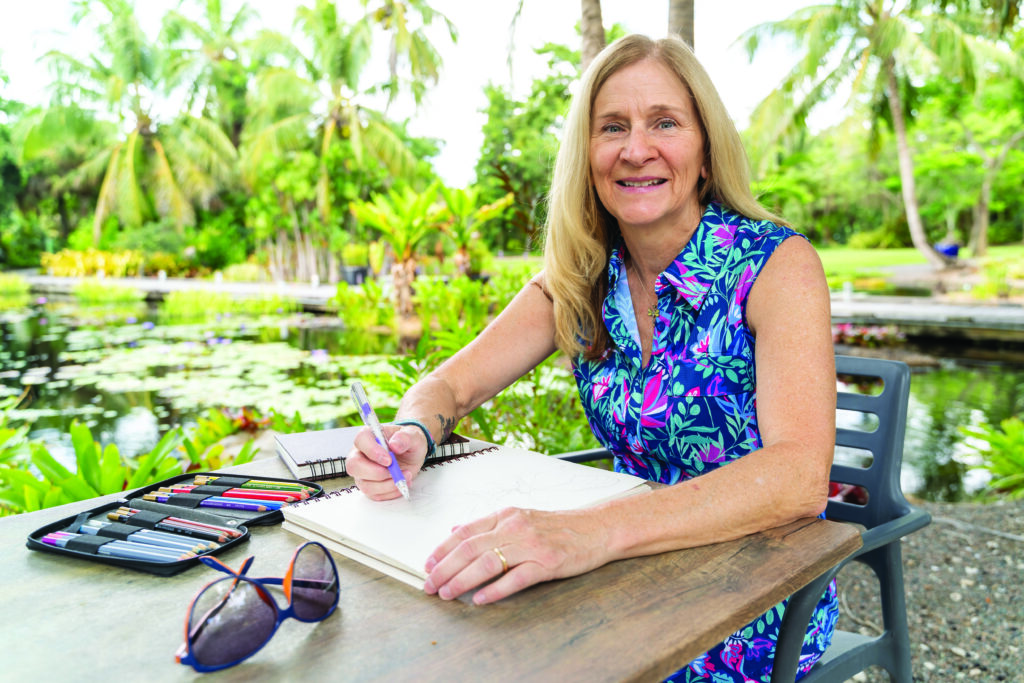
Longtime Garden Member Barbara Kacos of Naples signed up for Nature Journaling, well, because she thought it was journaling. “I like to sit in nature and write,” she says. But she balked when she got the supply kit, consisting of a sketch pad and watercolor pencils. “I was a little intimidated,” she admits. “But I said, ‘You know what, I’m gonna do it.’ And I have to say, Donnamarie made everybody super comfortable.” Barbara loves being in nature. The class, she says, made her see it differently.
Assignments at first seemed quite challenging, but Barbara focused on a small section of a slash pine, the bark, and homed in on the texture, color, and shape. “That assignment made me look at that tree and just think, ‘That bark is so cool.’”
Similarly, she decided to examine a Philodendron leaf from a new perspective, flipping it over on its backside. “The back was so different from the front. When you look at it, it had all that pronounced veining.
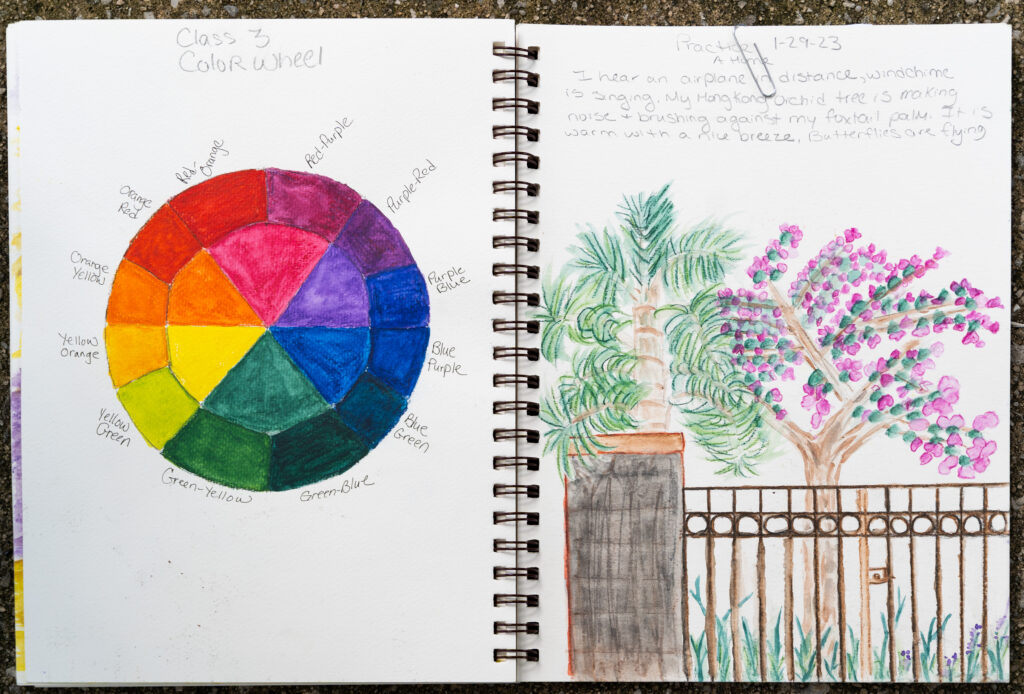
“I had never really looked at the patterns,” Barbara says. But as she tried to capture an orchid on paper, she looked at the coloration. Then she looked at other orchids of the same type and started to see differences. “Here’s the same flower, and its pattern is different. It makes you start to wonder, ‘Why is it so different and yet it’s the same flower?’” She found herself asking more questions and contemplating familiar plants in new ways.
“I propagate all my own plants, and I share them with the community, so my plants are everywhere now in the neighborhood,” Barbara says. Among them are powderpuff trees and the hummingbirds they attract. Barbara says she took some artistic liberties with that painting as she celebrated the colorful little birds and fuchsia blooms.
“I was very sad the class was over. I really could have done 10 more weeks,” Barbara says. But she continues to practice, packing sketchbooks and watercolor pencils when she travels.
Gisela Sanchez
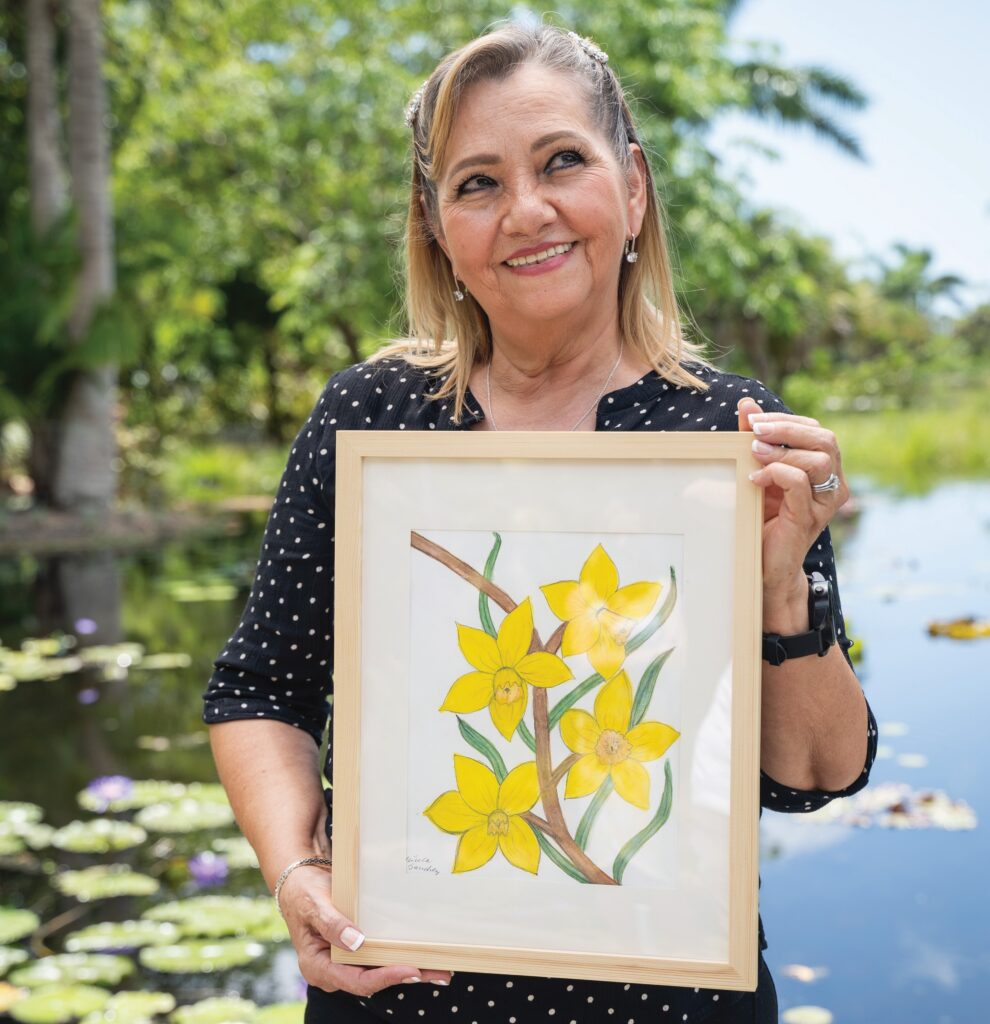
Gisela Sanchez of Cape Coral had always wanted to take an art class, though she had never drawn before. Retired, she at last had the time to pursue her interest. “It was a wonderful experience,” she says through her son Samir Sayago, who translates. Although the class was online, Donnamarie encouraged conversation and relationships among the students. “It was a wonderful way to share with each other, even if we were in our own homes.”
When she was unable to go to a park to sketch, Gisela walked out her front door and experienced her yard in a whole new way. “Typically, we don’t notice these details like the textures,” she says. She concentrated on the bark, the rocks, the movement of the palm fronds. “I always liked nature, but I didn’t see the details. It was more like glossing over things—this is pretty, that is pretty … Now I see things more profoundly.”
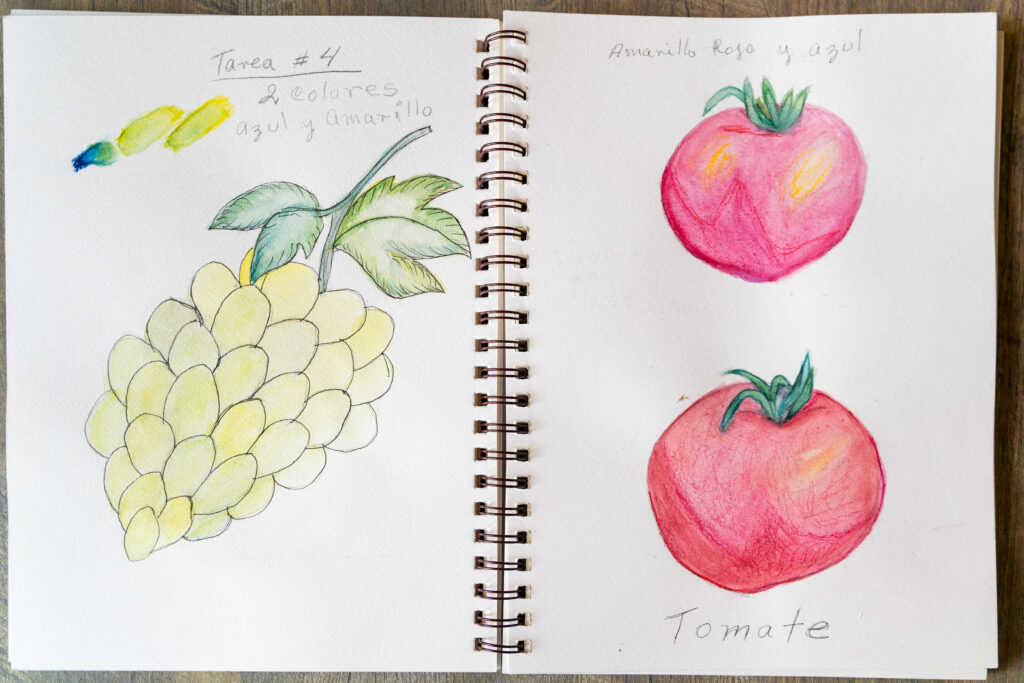
Early lessons teach students about the color wheel and mixing colors. Of the grapes, she says, “This whole drawing is only two colors.” She finds her new pastime to be “meditative.” “It allows us to relax and be in a moment of bliss with nature and with ourselves.”
Gisela created a sketch of hillside palms by combining memory and imagination. She was riding in her son’s car, noticed a line of palms along the water, and re-created the scene later. “I learned I could do things I did not think I could do,” she says. “I learned to be less critical of myself.”
Gisela’s culminating project honors her artistic journey and her late mother, who loved yellow flowers. In creating it, she says, “I did my best trying to connect everything I learned, to connect with nature and the beauty of it all, and to my mother.”
The article first appeared in the Fall 2023 issue of Cultivate, the Garden’s magazine.
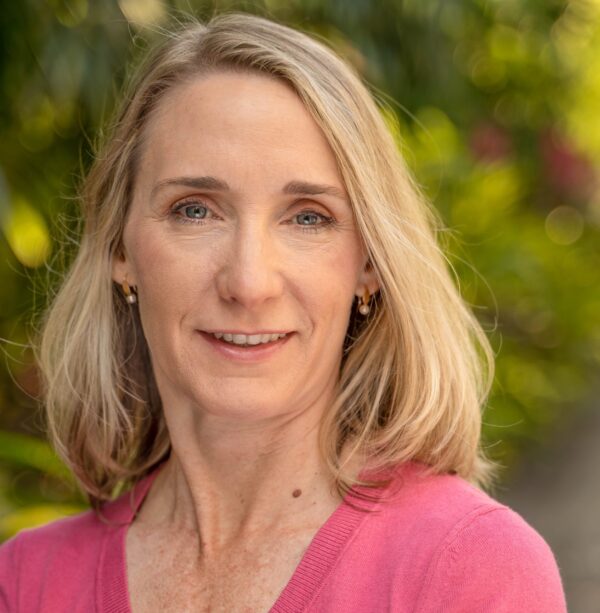
About the Author
Jennifer Reed is the Garden’s Editorial Director and a longtime Southwest Florida journalist.

